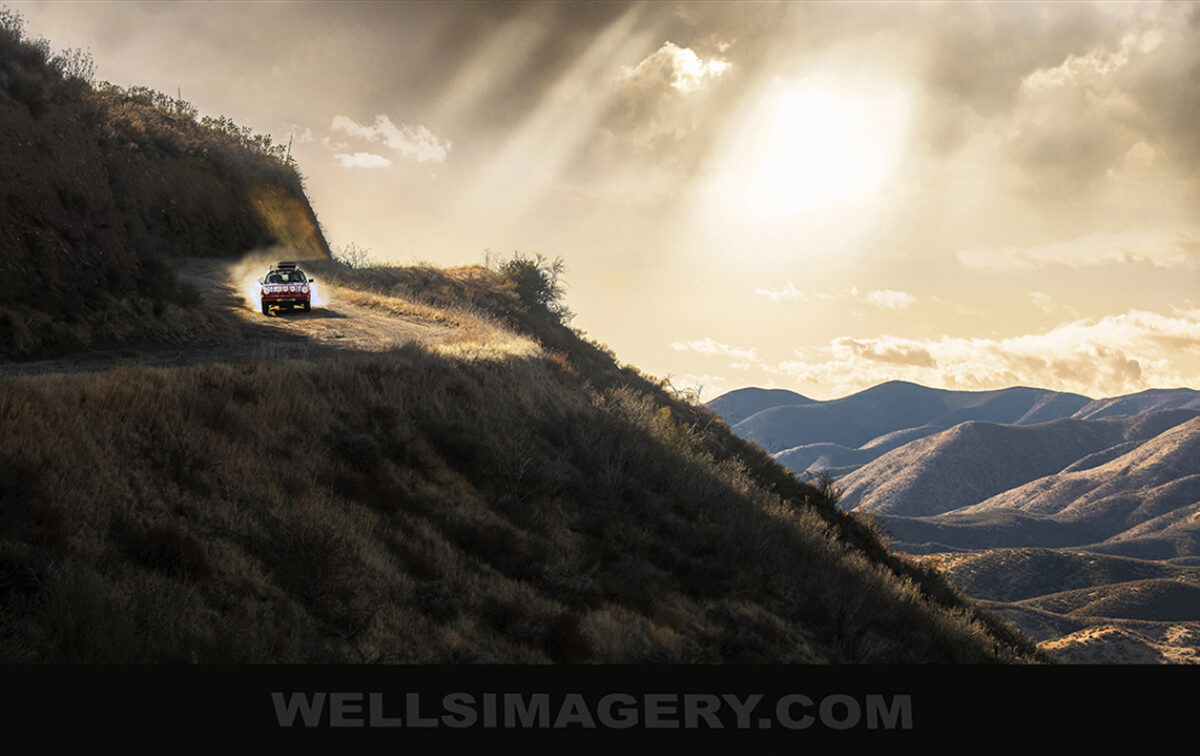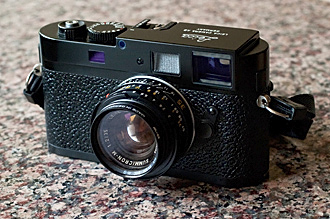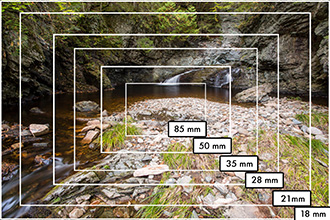FOCAL LENGTH
OK, let’s talk focal length (FL) on a full-frame 35mm camera.
14 and 15mm: The widest angle FL has traditionally been a 14mm lens. This exotic optic is available in a rectilinear design so it can reproduce straight lines as straight, yet it “stretches” the subject. It is limited in it’s usefulness but can be indispensable for certain situations. 15mm is the next widest FL and commonly designed as a fisheye (non-rectilinear) lens. Again, very limited in its use, with much more barrel distortion (think ‘60s pop art).
16, 17, 18, and 19mm fill the role of traditional ultra wide-angle lenses. They are a bit easier to use overall but still need a disciplined approach in horizontal placement.
20 and 21mm lenses are more practical super wides, although perspective stretching is still a challenge. Think of photographers Pete Turner and Jeanloup Sieff for these focal length’s successful implementation.
24mm is more of a compromise. It straddles the super wide to moderate wide-angle view. And its optical design is easier to formulate with fewer aberations, like vignetting wide open (darkening in the corners of the frame). Admittedly it’s still rather wide and perhaps not the photojournalist’s favorite, but it can accentuate drama. It still requires forethought in its application. See Josef Koudelka (25mm) and Art Kane (24mm) for this one.
28mm is considered a moderate wide-angle and is the widest lens that will not distort faces – as long as they are placed near the middle of the frame. This is the angle of view most cell phone cameras produce. It forces the photographer to get closer to the subject, creating a more intimate, subjective rendering. It’s the supreme general purpose photojournalist lens for that reason and a favorite of min. See the photographs of Lee Friedlander, Antonin Kratochvil, Sebastian Salgado, Garry Winogrand, Bruce Davidson, and Sam Abell.
35mm is another moderate wide-angle lens with an even more natural perspective. It is supremely practical, being more of a normal view. Thankfully there’s minimal distortion at this FL. As the world becomes more crowded and cell phone cameras gain popularity, this angle is developing into a worthy alternate to the 50mm. If I could have only one focal length to use, this would be it. Think Leica and Magnum photographers, like David Alan Harvey, Alex Webb, and William Albert Allard.
50 mm is the classic normal full frame lens that’s traditionally been considered most like our own vision (40mm), albeit slightly cropped. Look at the work of Ernst Haas, Ralph Gibson, Robert Frank, Saul Leiter, Andre Kertesz, Alfred Eisenstaedt, and Henri Cartier Bresson for master use. For many photographers, this is the one – the “nifty fifty†standard that requires creative composition to really shine. It’s what I use most often in conjunction with a 24mm or 28mm lens.
Beyond 50mm it becomes much easier to design a “perfect†lens optically. Distortion is gone by 100mm and compression now becomes a factor. A graphic, more detached and objective feel now replaces the intimacy and layers possible with wide angle and normal lenses.
Medium (70-135mm) to long (180-300mm) telephotos are where SLR lenses win out over rangefinder optics in focusing ease. Several modern telephoto zoom lenses in this range exhibit extraordinary resolution. Fast telephoto lenses of 1.4 to 2.8 aperture can be used to creative effect. Think Jay Maisel and Arthur Meyerson for the use of this crop.
You could add one of the wide-angle zooms to a telephoto zoom and cover everything in two lenses. But most wide zooms have more aberations than fixed primes, and they can lose definition near the edges of the frame at wider apertures (except for the best lenses). The performance of a mid-range zoom (24-70mm) is generally better in this regard, although this option can be rather limiting, and there is always some barrel distortion at the wide end.
Super telephoto lenses, those above 300mm, tend to be large and cumbersome, but like the 14mm are necessary optics for certain subjects (like auto racing). Beyond 600mm, atmospheric conditions and vibration become more important to consider.
Note: On a cropped sensor camera, you will end up with a longer equivalent focal length. 14mm becomes a 21mm (or a 28mm effective view, depending on the crop effect), etc. Crop factors explained
Cinematic (movie film) views are most often covered by 20, 28, 35, 40mm and 50mm full-frame views (cropped top and bottom to a 16:9 format).
Technically, non-complex distortion can be corrected in Photoshop but some image degradation occurs when you do this. Vignetting is much easier to correct, although some of it can actually add to a photo’s appeal. Happy shooting!
(Photo at top: My standard, a Leica M9-P with 35mm Summicron)


